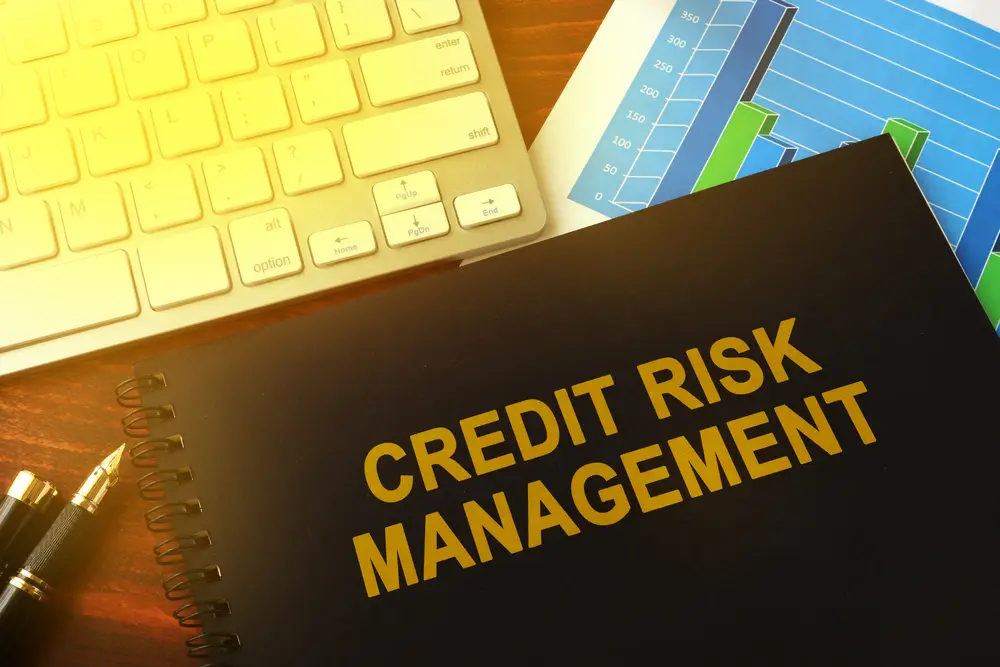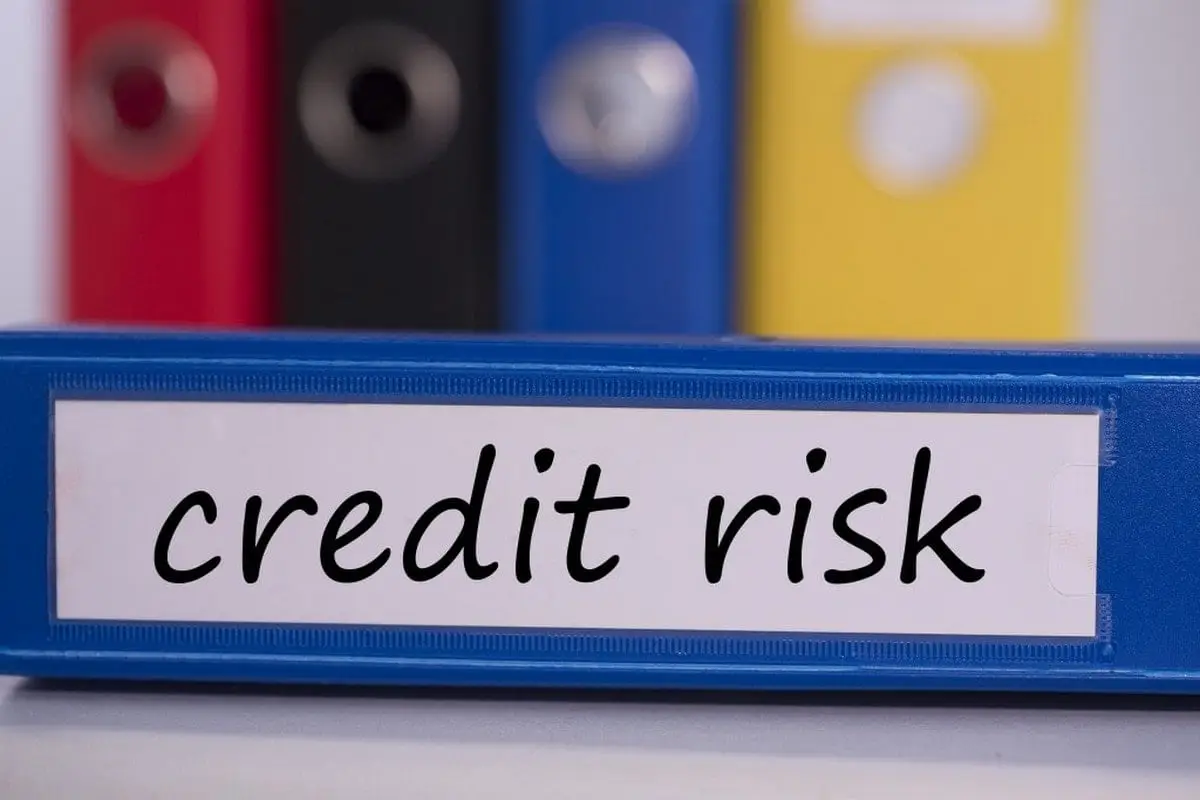Physical Address
304 North Cardinal St.
Dorchester Center, MA 02124
Physical Address
304 North Cardinal St.
Dorchester Center, MA 02124

Credit risk management is managing the risks associated with an organization’s credit portfolio. This includes everything from assessing an organization’s creditworthiness to ensuring that financial risks are minimized. Whether a small business owner or a corporate executive, credit risk management is essential to keeping your business afloat. This article will outline the basics of credit risk management and explain how it can help your organization stay afloat during challenging times.

Credit risk is the possibility that a borrower will be unable to repay a loan. It is essential to understand this concept to make wise financial decisions about lending money. Factors that can impact credit risk include economic conditions, demographics, and company performance.
Overall, lenders generally want to avoid lending to companies with high credit risks because they are more likely than others to default on their loans. For borrowers to be approved for financing, banks or other lending institutions typically perform an extensive credit check which includes analyzing past financial information and looking at current business operations.

A credit risk analysis model is a mathematical tool that helps assess the likelihood of defaulting on a debt obligation. It does this by calculating the risks associated with different types of borrowers and debt products and then uses this information to make predictions about future defaults.
Credit risk models can be used in several ways, including forecasting delinquencies or losses on existing loans, determining eligibility for new lending programs, and assessment of the overall financial stability of a company. By understanding these risks early on, lenders can make informed decisions that will protect their interests while still allowing them to lend money to viable businesses.
Banks are continuously looking into and creating efficient methods of estimating credit risk due to the ongoing development of technology. Financial institutions are increasing their investments in human capital and new technology to enable the development of credit risk models utilizing machine learning languages like Python and other analytics-friendly languages. It makes sure that the models developed generate reliable and scientific data.

Credit risk management is one of the most critical aspects of financial planning and investing. It involves determining and managing the risks associated with loans and other credit products. Doing so can protect yourself from potential loss in case of default or bankruptcy.
Credit quality is vital for two reasons: first, it determines your capacity to repay a debt, which impacts your overall economic stability; second, bad debts could lead to legal action that could damage your reputation and impede future business transactions.
Therefore, it is essential to have accurate information about both borrowers and lenders to make sound decisions related to credit risk management. This information can be found through thorough borrower due diligence (e.g., reviews of income statements and tax returns) and analysis of past performance (e.g., defaults). In addition to monitoring external indicators like market conditions and company ratings, you should also keep an eye on internal signals such as trends in delinquency rates or charge-offs.

Credit default risk occurs if the borrower cannot repay the loan in full or if the repayment deadline has already passed by 90 days. Credit default risk may impact all credit-sensitive financial transactions, including loans, bonds, securities, and derivatives.
A more significant economic development may alter the default risk level. It could also become due if the borrower’s economic circumstances change, such as because of increasing competition or a recession, which might make it harder for the business to budget for principal and interest payments on the loan.
 Country risk results from a country freezing its commitments for foreign currency payments, which leads to a default on such obligations. Country risk is the level of uncertainty that comes with investing in a particular nation.
Country risk results from a country freezing its commitments for foreign currency payments, which leads to a default on such obligations. Country risk is the level of uncertainty that comes with investing in a particular nation.
The most frequent reference to “country risk” is the potential for local bond default.
The standard for low-risk nations is seen to be the United States. For assistance in assessing national risk, analysts can consult MSCI Indexes, OCED data, or rating-agency reports.

Concentration risk is the risk that the value of a financial institution or an investment portfolio might decline if a single or a collection of exposures move together unfavorably. Concentration risk implies that it causes such a significant loss that recovery is improbable.
There are a few examples of concentration risk:
– Investing in an unprofitable or highly volatile industry.
– Buying stocks overvalued by the market (price-to-book ratio, price-to-earnings ratio).
– Sticking to high yield investments such as bonds and CDs when there is more significant opportunity for higher returns elsewhere (interest rates, inflation).

Credit risk management is one of the most critical aspects of financial planning, as it helps ensure that your business can access credit when needed and that you are not exposed to any risks associated with bad debt. When assessing your overall credit risk, consider factors such as:
-The history of your business dealings
-Your revenue patterns
-Your current assets and liabilities
-Your available borrowings (both short term and long term)
To help mitigate these risks, you should develop careful criteria for whom you will allow to lend money to your company and maintain strict compliance procedures for all borrowing activities. Monitor account activity regularly, keeps good records relating to all loans and credits granted/ Taken out, understand potential bankruptcy implications if a loan defaults, establish an emergency fund in case of unforeseen circumstances, and have proper insurance coverage in place.

Credit risk management practices involve several steps, including credit assessment, monitoring, managing risk exposure, and liquidity management.
Credit assessment is the process of determining whether a bank or other lending institution is likely to be able to meet its financial obligations in the future. This may include looking at past performance, examining company finances and collateral, conducting surveys or focus groups with borrowers/customers, and more.
Monitoring and managing risk exposure involves assessing how much debt an organization has outstanding and analyzing credit ratings on those debts to make informed decisions about funding them. Additionally, banks often maintain cash reserves that can mitigate potential losses if risky loans go bad.
Liquidity management ensures that an organization retains enough cash available for normal business operations while still having funds remaining for unexpected events such as loan defaults or market fluctuations. By periodically reviewing expenses against anticipated income streams (including receivables), banks can stay solvent even when things are tough outside of their control.
Credit risk management is evaluating and managing the risks associated with financing activities. It includes calculating and assessing the creditworthiness of borrowers, monitoring and managing the credit risk of lending activities, and provisioning for potential credit losses. Understanding what credit risk management is and how it works can improve your chances of success when financing your business. Thanks for reading!